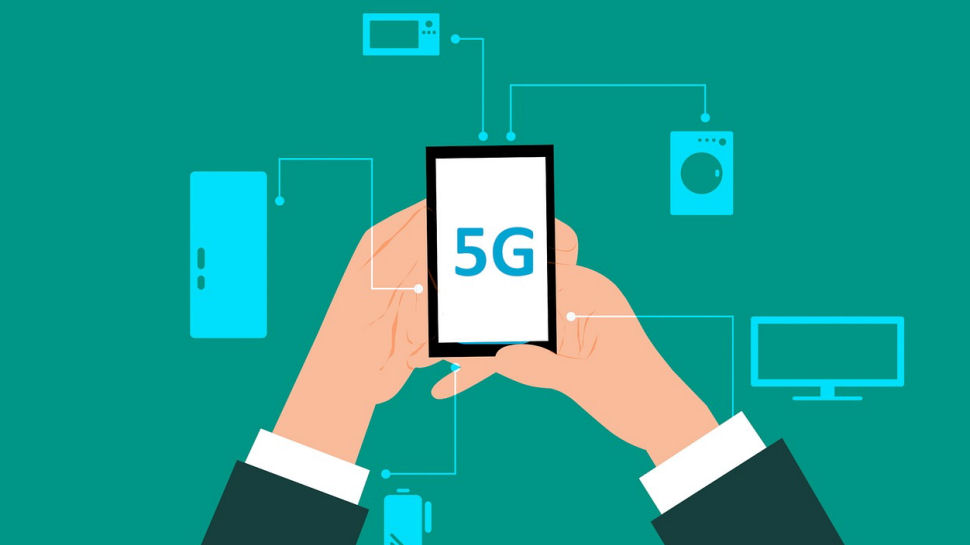2020 was a year of many things. The pandemic has caused unprecedented upheaval for the world’s economies. It has also instigated a swifter and much wider shift towards a remote-working future than many would perhaps have predicted. At the same time, 2020 was also a formative year in relation to the introduction of 5G technologies, with operators across the globe investing heavily in spectrum and infrastructure.
Understandably, much of the initial stage of the 5G rollout has focused on more populous cities and metropolitan areas – indeed, based on performance testing of 5G across UK cities conducted by GWS, we are already seeing promising speeds within urban locations. Obviously, a full 5G future should not focus solely on built-up regions. The promise of 5G and the enhancements that next-generation network technology will bring – in terms of speed, latency, capacity, reliability and overall wireless performance – will have a positive impact on the businesses and consumers that reside in rural areas. This will perhaps be even more apparent in terms of rural access to remote health care, education, and commerce. Thus, at some point in the near future, we’d expect operators to place increasing focus on rural deployments.
Going remote
While many city-dwellers across the UK can already take advantage of superfast fiber broadband and reliable mobile network connectivity, ensuring ready and reliable access in rural areas has often been a trickier task for wireless operators and internet service providers. This is not exclusively the case, of course. A recent study conducted by GWS discovered that the UK ‘digital divide’ is in fact deeper and more disparate than once thought, with almost a third of properties across both urban and rural locations in the UK struggling to access internet speeds deemed adequate to live, work and play (i.e. speeds at least 2 Mbps download and 1 Mbps upload). Regardless, there remains a range of challenges when it comes to extending robust connectivity to less densely populated areas – challenges which make certain technologies such as fiber less feasible particularly for those communities that are more isolated.
For these rural and hard to reach communities currently lacking reliable network infrastructure, deploying 5G broadband could be quicker and less costly than deploying fiber-to-the-premises. In general, the technology should be more cost-effective and easier to deploy than the last mile of wired networks. 5G broadband service charges are also likely to be more affordable for more consumers when compared to current monthly costs for fiber connectivity. This would positively impact not only consumers at home but also the small businesses, schools, medical facilities and other essential entities within these communities. With standalone 5G, both businesses and consumers could have access to low latency, ultrafast speeds that would enable the same sorts of home applications possible over fiber-to-the-premises.
Relative to current-generation networks – both 4G wireless and wired broadband – the increased speed, reduced latency and improved capacity of 5G broadband will enable consumers to use more devices reliably and simultaneously on their home network. It will also allow for streaming higher definition content, taking advantage of IoT applications, and much more. For example, remote learning and telehealth applications – both of which have been crucial during the pandemic – should be more fulfilling with a greater range of capabilities powered by 5G broadband.
Hope and hurdles
Many rural consumers are excited about the prospect of 5G, it seems – the proportion of those in rural areas who feel that faster 5G deployment could boost their current economic situation outweighs those that don’t by a margin of almost three to one, according to the study. But there is still some work to be done when it comes to effectively communicating the benefits of 5G to all those in these areas. Messaging around 5G has been frequent but often fairly limited in scope, with too much focus on one single aspect – faster speeds – at the expense of more multi-layered messages around the wide range of tangible improvements that 5G will bring to people’s lives. This may have helped stymie people’s understanding of 5G, when it will be available and the sorts of benefits it will bring.
Alongside the operators, authorities and other consumer facing groups should be educating the public about the scope of improvements that 5G will bring. Governments can also be a positive catalyst in the development of 5G networks particularly in rural communities. For example, allowing easier access to public furniture for site deployments and updating outdated regulations around network tower installation are just some of areas where local and national authorities can assist and facilitate.
Lastly, it’s worth remembering that people in the UK who are suffering from poor connectivity do have a right to request a decent broadband service, per Ofcom standards. But as 5G continues its nationwide rollout, many may instead choose to go completely wireless, connecting exclusively to the next-generation of networks – 5G mobile and fixed wireless – via their mobile operator.





